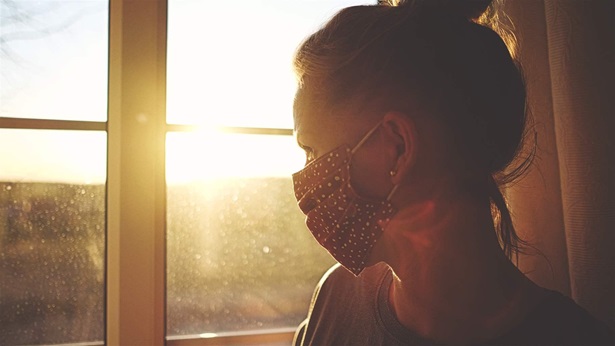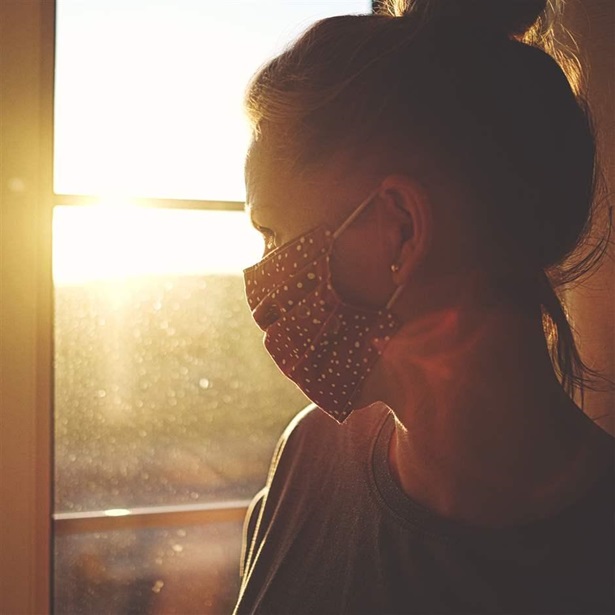In Times of Emergency, Substance Use Treatment Requires Flexibility
Adjustments and adaptability are key to ensuring access to services
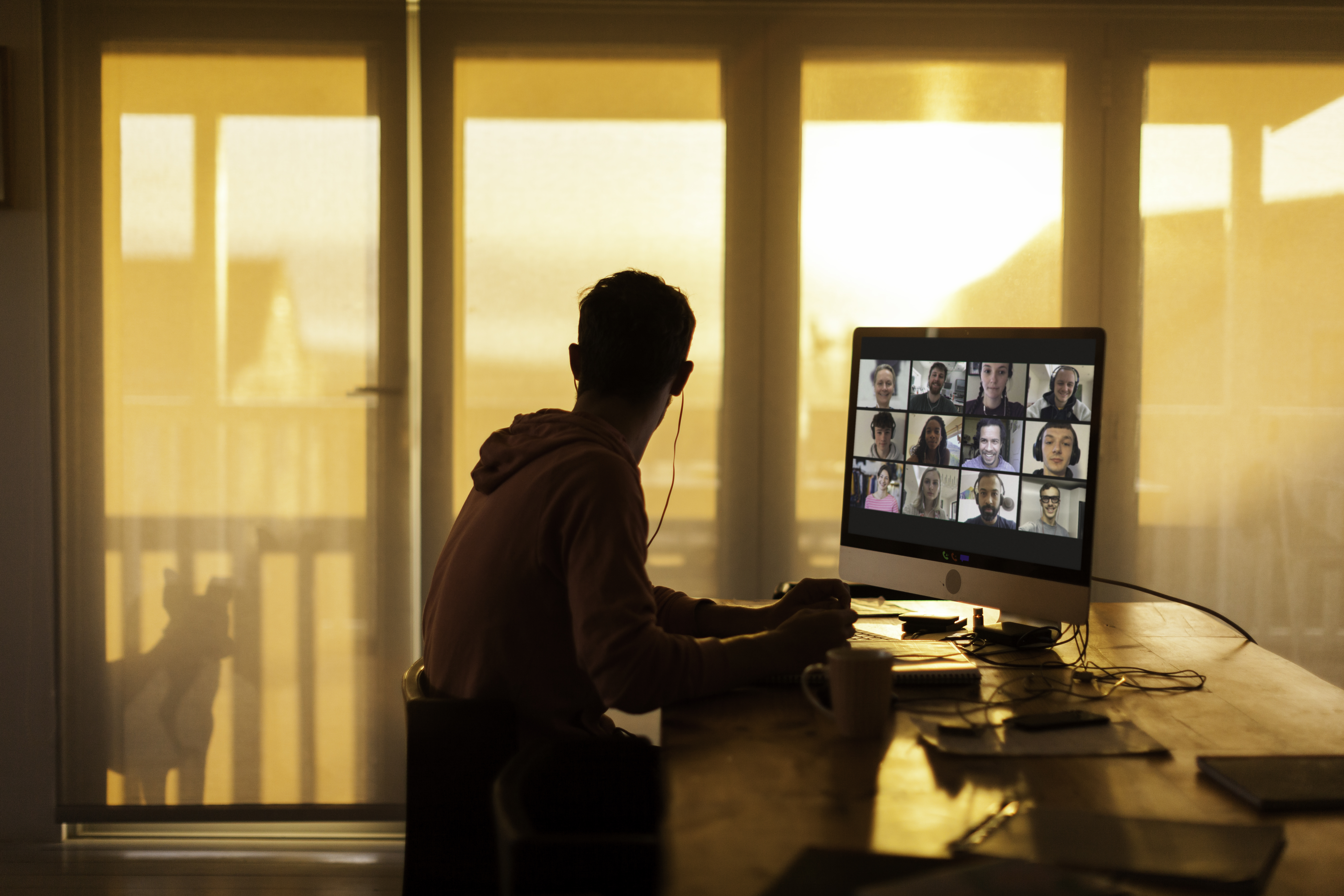
Widespread emergencies such as the coronavirus pandemic may present particular challenges to people who misuse opioids or are in treatment for opioid use disorder (OUD). The resulting psychological, social, and economic distress may disrupt recovery support networks, complicate access to lifesaving medication, and trigger onset or changes in drug use. To address opioid use and treatment during the pandemic, state policymakers should learn from past events and be proactive, heeding federal guidance to prevent new or worsening opioid use and ensuring access to telehealth treatment and recovery services.
The impact of stressful events on substance use
Evidence suggests that an emergency such as a pandemic can have ripple effects on substance use. Quarantine and isolation may trigger behavioral health crises at a time when people are separated from their communities. Social support from friends, family, and peers with similar experiences plays an important role in maintaining recovery and can be a protective factor in preventing overdoses. People who use opioids alone put themselves at risk for fatal overdose if no one is nearby to revive them with naloxone or call for help.
Physical distancing has also put restrictions on businesses that affect when and how treatment facilities can offer services—a concern for the more than 24,000 people initiating OUD medication each month on average. Studies on the effects of 2012’s Hurricane Sandy show that many New York City area residents in methadone and buprenorphine treatment at that time had difficulties receiving some or all of their medication dosage, placing them at risk for withdrawal or a return to drug use. A small study showed that people who stopped using drugs less than six months before experiencing a disaster may be more susceptible to a return to drug use, meaning those who are newer to treatment may be at greater risk. Disruptions to treatment facility operations also make it harder for people who hope to initiate treatment during a disaster. If people are now unable to buy illicit opioids from their usual sources, either because of changes in the drug market—exacerbated by coronavirus-related border closures—or loss of income because of unemployment, they may seek medication treatment to prevent withdrawal, so treatment programs must be prepared to serve these patients.
Finally, the economic impacts of the coronavirus may have long-term effects on opioid use. More than 36 million Americans have filed for unemployment benefits since mid-March 2020, an unprecedented number of claims. A study of people whose jobs were directly affected by the Deepwater Horizon oil spill in the Gulf of Mexico in 2010 found that those whose incomes had not recovered within a couple of years had greater substance use rates more than four years later. Furthermore, the incidence of substance use disorders will likely rise as individuals’ incomes fall because of the projected economic recession.
Meeting demand for services with fewer in-person visits
Based on prior research indicating an increase in people seeking treatment during disasters, OUD treatment facilities should anticipate and prepare for additional new patients at this time. This requires options for initial visits and medication dosing rules that adhere to physical distancing guidelines. The federal government and states have already implemented a number of regulatory changes to make it easier for people to start and maintain their treatment. For example:
- The federal government has created more flexibility in using telehealth services to reduce the need for in-person visits. Subsequently, the Colorado Office of Behavioral Health issued guidance to suspend the enforcement of state telehealth restrictions for telehealth services, including prescribing buprenorphine—one of three FDA-approved medications to treat OUD (the others being methadone and naloxone).
- The federal government is permitting opioid treatment programs (OTPs) to provide take-home doses in longer durations to eliminate patients’ daily clinic visits. To account for adjusted services (e.g., when a patient receives at least a week’s worth of take-home doses), New York’s Office of Addiction Services and Supports issued Medicaid billing guidance to OTPs with new reimbursement rates.
In addition to treatment, people need new ways of accessing harm reduction and recovery services. To address the risks of overdose and return to drug use that come with isolation, communities are ramping up mail-based naloxone delivery and support groups are moving online to provide social cohesion in a time of physical distancing. However, online resources may not be accessible to people with OUD who have unstable housing, and homeless service providers should plan to coordinate treatment and recovery services for this population.
By understanding how past disasters have affected substance use and treatment and implementing federal guidance, states can prepare for and respond to the needs of people with OUD during and after the coronavirus pandemic.
Beth Connolly directs The Pew Charitable Trusts’ substance use prevention and treatment initiative and Jenna Bluestein is a senior associate with the initiative.


America’s Overdose Crisis
Sign up for our five-email course explaining the overdose crisis in America, the state of treatment access, and ways to improve care
Sign up

Federal Government Eases Access to Opioid Use Disorder Treatment
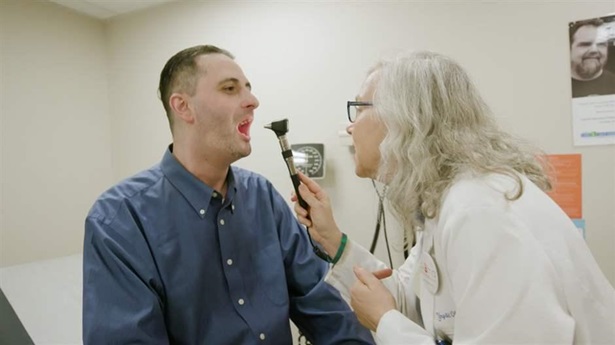
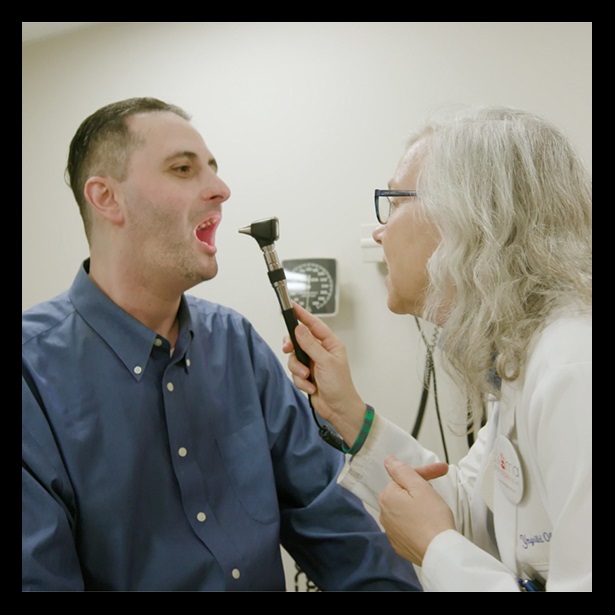
America's Opioid Crisis: Outpatient Treatment is Effective and Accessible
